With the rapid development of rehabilitation medicine, gait analysis equipment is quietly becoming the "smart eyes" of doctors and rehabilitation therapists. It can not only "understand" the problems behind the walking posture, but also help patients regain the confidence and ability to walk.
Then the question is: what rehabilitation scenarios are gait analysis equipment suitable for? Can everyone use it?
Today, we will take you to see its use clearly.
What is a gait analysis device?
Simply put, a gait analysis device is a high-tech system that accurately records and analyzes the human walking process through sensors, cameras or pressure sensing plates. It can extract key parameters such as stride length, stride frequency, gait cycle, left and right center of gravity offset, and sole force trajectory to help doctors evaluate the causes behind gait abnormalities.
The system's visual output charts and dynamic images can clearly restore the patient's walking details, and even minor abnormalities cannot escape its "eyes".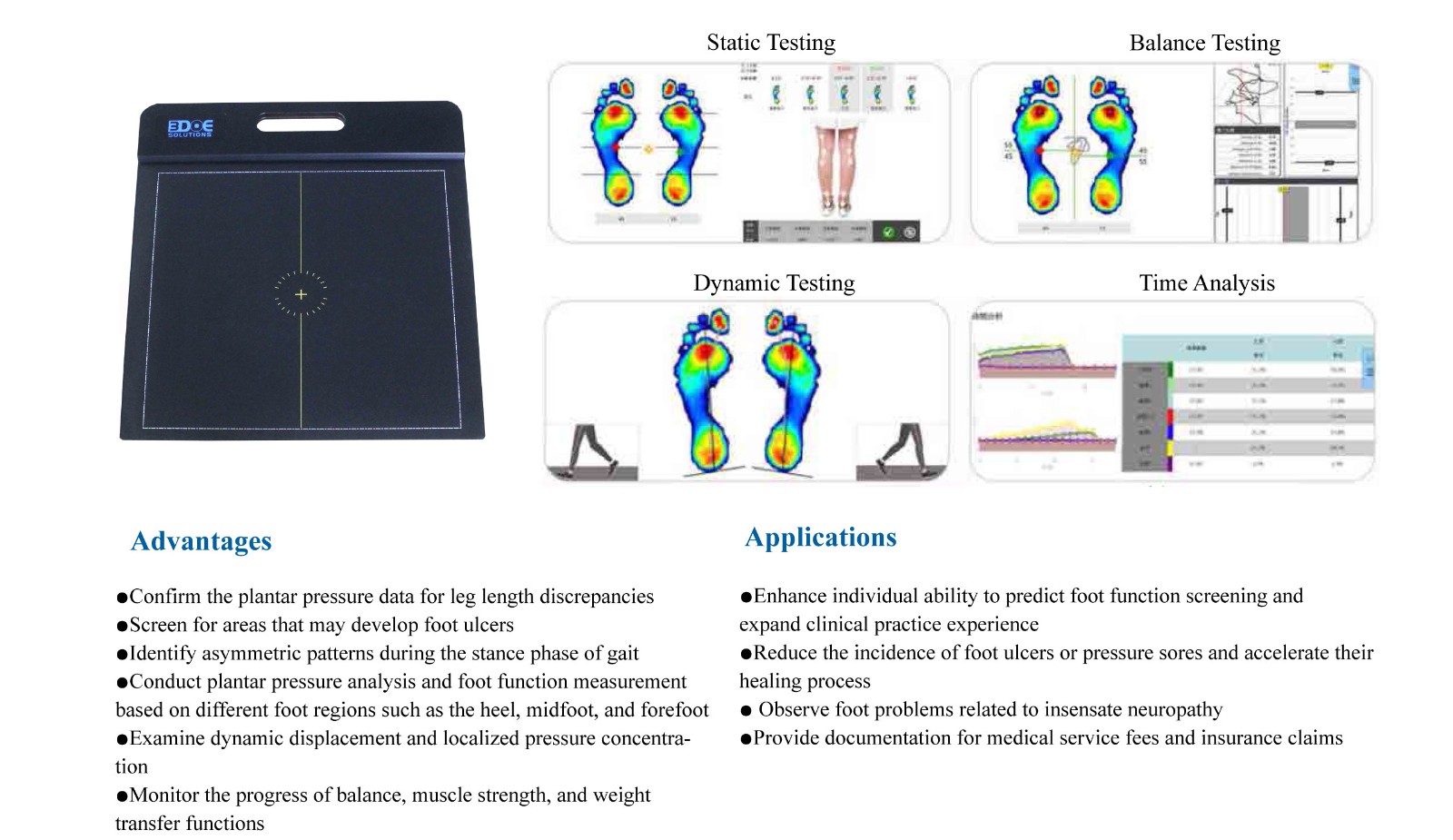
So, what rehabilitation scenarios is it suitable for?
1. Stroke rehabilitation
After a stroke, many patients will experience hemiplegia, unstable gait, dragging steps and other problems. Gait analysis can accurately evaluate limb coordination and balance, help formulate a scientific gait training plan, improve rehabilitation efficiency and reduce the risk of falling.
2. Rehabilitation of spinal cord injury or nerve injury
For patients with motor nerve damage caused by trauma or disease, gait analysis can quantify neuromuscular recovery, monitor rehabilitation progress, and provide a basis for prosthetic selection or gait assistive devices.
3. Orthopedic postoperative rehabilitation (such as hip and knee replacement)
Gait imbalance in the early postoperative period is normal, but whether recovery is good cannot be based solely on "looking good". Gait analysis uses quantitative indicators to assist doctors in judging rehabilitation status and avoiding long-term compensatory injuries.
4. Patients with movement disorders such as Parkinson's disease
The common small steps, dragging steps and freezing phenomena of Parkinson's patients are difficult to quantify by traditional observation, while the gait analysis system can monitor the frequency and severity of attacks in real time, which is helpful for drug efficacy evaluation and training adjustment.
5. Fall prevention and balance training for the elderly
Gait change is one of the important signals before falling. The gait analysis system can identify the gait characteristics of the elderly such as shortened stride, prolonged support period, abnormal swing period, etc., and timely warn of potential fall risks. It is the "smart guardian" of elderly care rehabilitation institutions.
6. Assessment of developmental disorders in children
For special children such as cerebral palsy, autism, genetic metabolic diseases, gait analysis can not only evaluate motor function, but also help early screening and early intervention, providing a scientific basis for rehabilitation.

 +86-0755-86131192
+86-0755-86131192 2025-06-05
2025-06-05 Back to list
Back to list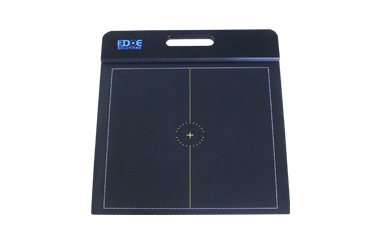
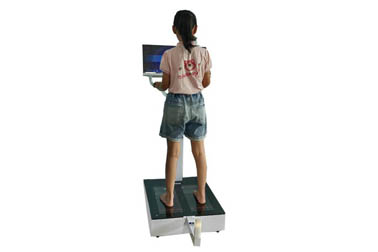
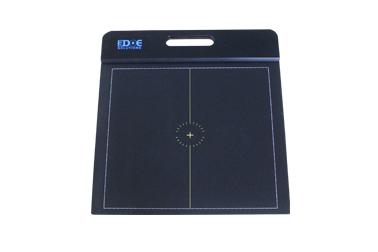
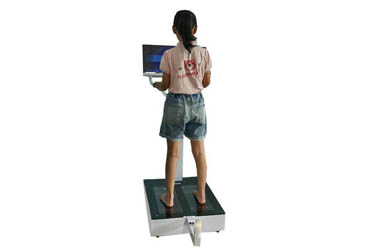
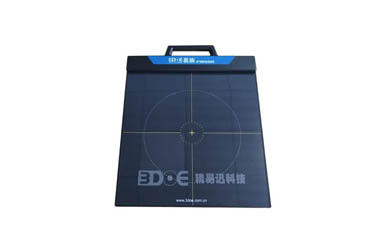
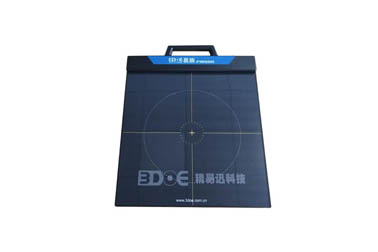



 +86-0755-86131192
+86-0755-86131192